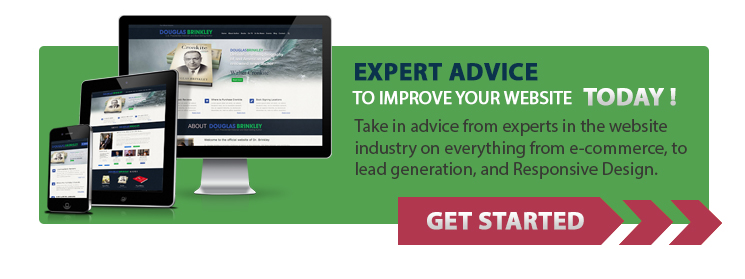Getting started with e-commerce when selling online can be a daunting task. For newcomers there are many options to consider. This article responds to some questions that should be considered when selling online.
In most cases, an e-commerce website is selling a physical product(s) that are shipped to the customer, after successful completion of an online purchase. Other times, it is an electronic product that is purchased such as books or music that can be downloaded. Other websites are more subscription based or donation oriented.
Entrepreneurs and companies that want to sell products online have options. The main options are whether to go with a hosted (leased) solution such as Shopify or open-source (owned) setup such as Magento. There are pros and cons with both of these options that should be reviewed and understood.
Much has to do with how you will accept payment and ship the purchased items to the customers. How much control and ownership is required and how much of a budget is available to get started. Another and probably the most important aspect to consider is marketing and advertising.
If marketing and advertising budgets are allocated and money is being invested into campaigns, ownership (open-source) of the online infrastructure is most of the time recommended. It just gives more control and investments are made into owned and fully controlled website.
Hosted or Leased E-commerce Solutions
Hosted or also called leased e-commerce solutions are managed by a third party company such as Volusion, BigCommerce, or Shopify. They all specialize in providing turnkey e-commerce websites and solutions to their customers.
Customers just sign-up with them create their accounts; upload product images and descriptions, including pricing. These hosted solutions make it as easy as possible to get started, selling products online.
Hosted or leased solutions come with a monthly fee and sometimes with a setup fee. The monthly fee ranges from $30-$150 per month. The downside of these solutions is the lack of control, access, and ownership.
Open-Source E-commerce Applications
Open source applications such as Magento or WordPress WooCommerce are free, which is the main advantage. The other would be the fact that once installed on a company’s own server or hosting solution, it is fully controlled by the company and owned.
The downside of this option is that the start-up cost is higher, often much higher. Custom website designs can be in the thousands and the cost of installing and customizing these applications such as Magento or WooCommerce can cost a couple thousand as well. Depending on how many products and how much customization is required, the price can range from $5,000 – $30,000 US.
Owning the online infrastructure comes with a lot of benefits. Once a company decides to invest into marketing and advertising, they should own what they are investing into.
Consulting services can be beneficial for the investors, entrepreneurs, or companies that are not sure what type of setup would be best. Often, it is wise to acquire the necessary knowledge and understanding before making the final decision and investment.








